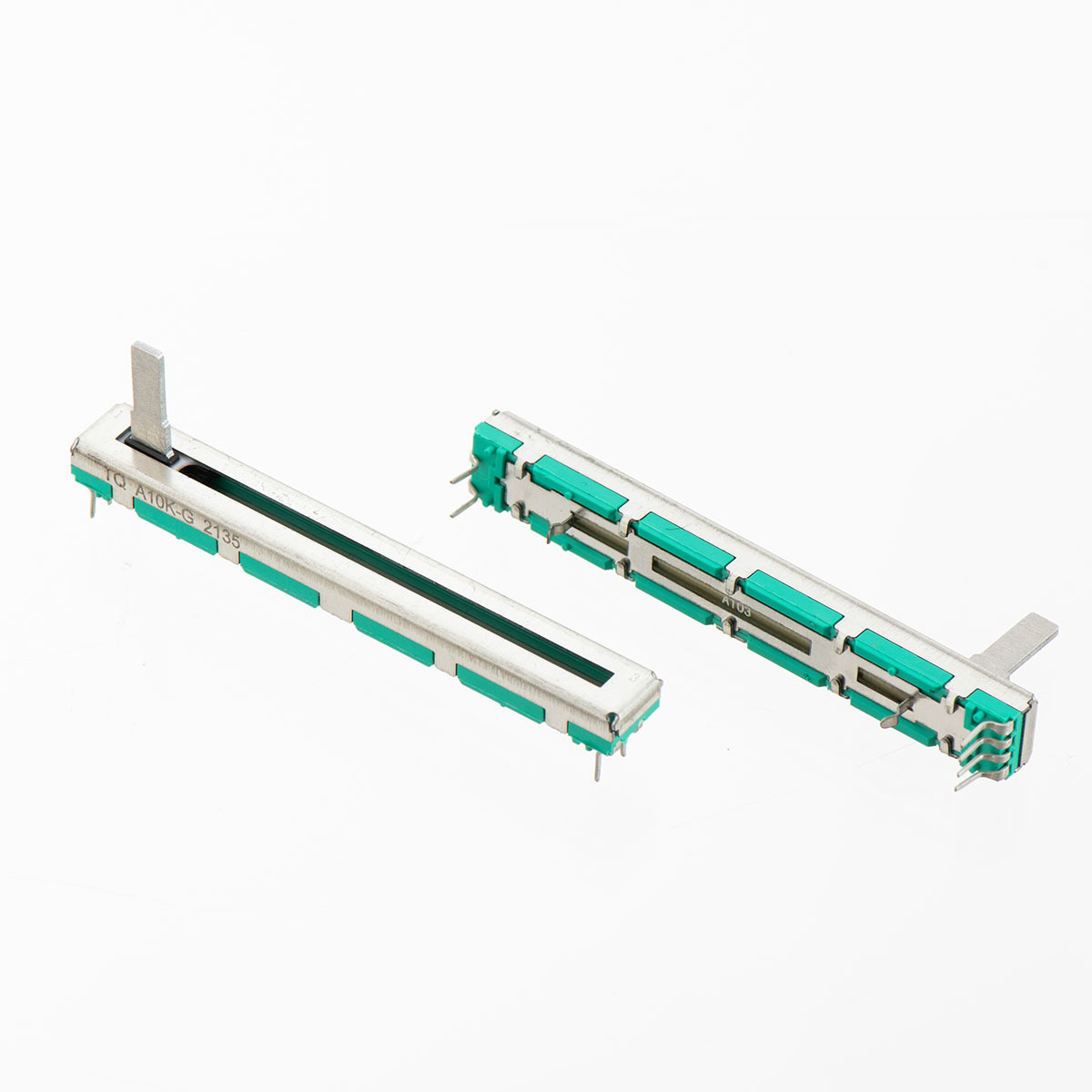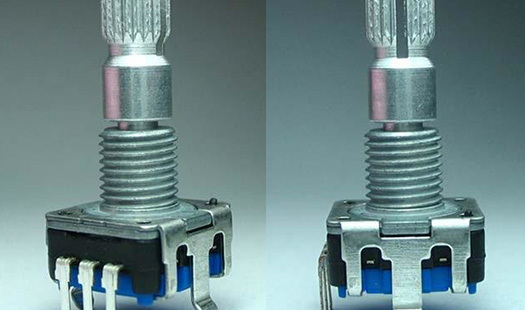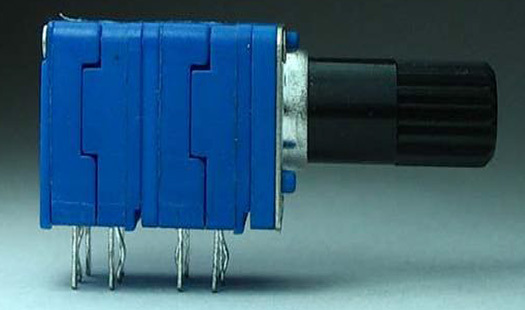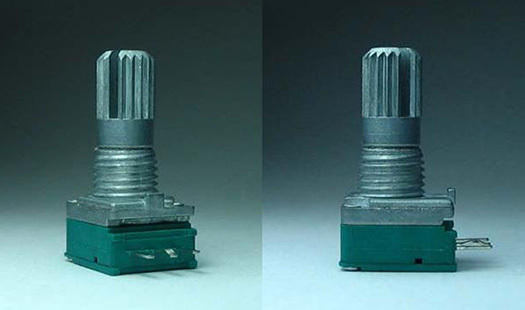Demystifying the Slide Potentiometer: Your Go-To Guide for Common Questions
May 03,2025
What’s a Slide Potentiometer Anyway?
Ah, the slide potentiometer! This nifty little device is a game-changer in the world of electronics. Whether you’re adjusting the volume on your favorite sound system or fine-tuning the brightness on your display, it’s likely that a slide potentiometer is at work behind the scenes. Basically, it’s a type of variable resistor that lets you control electrical signals, and it does so by sliding a contact along a resistive element. Pretty cool, right?

How Does It Work?
So, how’s it all come together? The slide potentiometer consists of a few key components—an insulating body, a resistive track, and a movable slider. When you slide the control, the slider moves along the resistive track, changing the resistance and thereby controlling the voltage output. This is why you can smoothly adjust your volume or brightness; it’s all about that slick sliding motion!
Common Questions and Answers
Now, let’s get into the nitty-gritty. You’ve got questions, and we’ve got answers!
1. What Are the Main Applications of Slide Potentiometers?
You might be surprised to learn just how versatile these devices are! Slide potentiometers are commonly used in audio equipment, lighting controls, and even in some video game controllers. They can be found in everything from mixing consoles to home theater systems, making them a staple in the electronics toolbox.
2. Are There Different Types?
Absolutely! While most people think of the standard linear slide potentiometer, there are also rotary types and even some that come with built-in switches. Each type has its unique application, so choosing the right one for your project can make a world of difference.
3. How Do I Troubleshoot Issues?
Ah, the dreaded troubleshooting phase! If your slide potentiometer isn’t working as expected, the first thing to check is the connection. Loose wires can cause all kinds of headaches. Next, inspect the resistive track for dirt or damage—sometimes a simple cleaning can do the trick. If all else fails, it might just be time for a replacement.
4. Can I Use Them in DIY Projects?
Oh, you betcha! Slide potentiometers are a favorite among DIY enthusiasts. Whether you’re building a custom audio interface or creating a unique lighting setup, incorporating a slide potentiometer can add that extra touch of control and finesse. Just be sure to follow the specifications for resistance and voltage to avoid any mishaps.
5. How Long Do They Last?
Typically, a good-quality slide potentiometer can last for many years, provided it’s not subjected to extreme conditions. Regular use should not significantly wear it down, but keeping it clean and free from dust can prolong its life.
Final Thoughts
In the grand scheme of electronics, the slide potentiometer might seem like a small player, but its impact is anything but minor. From enhancing user experience to being a crucial component in various devices, it’s worth understanding how it works and how to troubleshoot common issues. So, the next time you slide that control, remember the science behind the smooth operation!
More Information
More Information
RECOMMENDED










